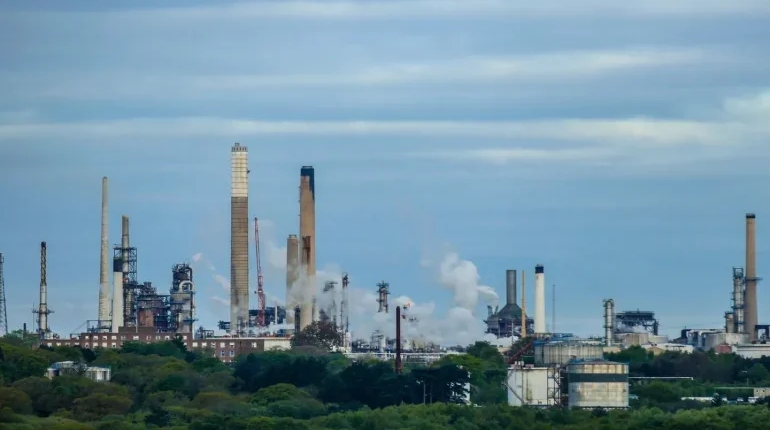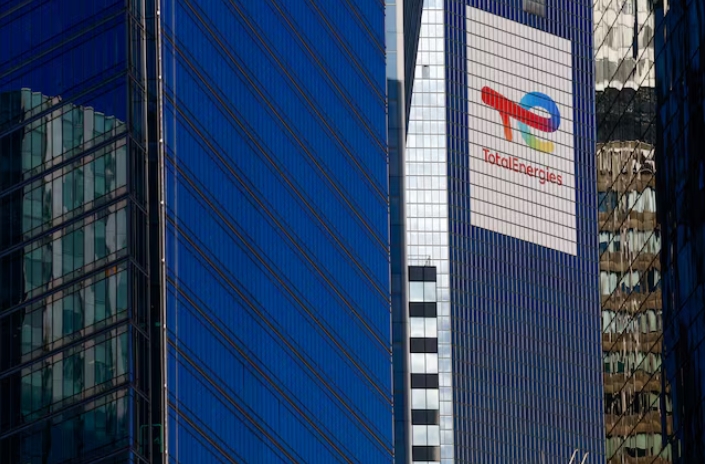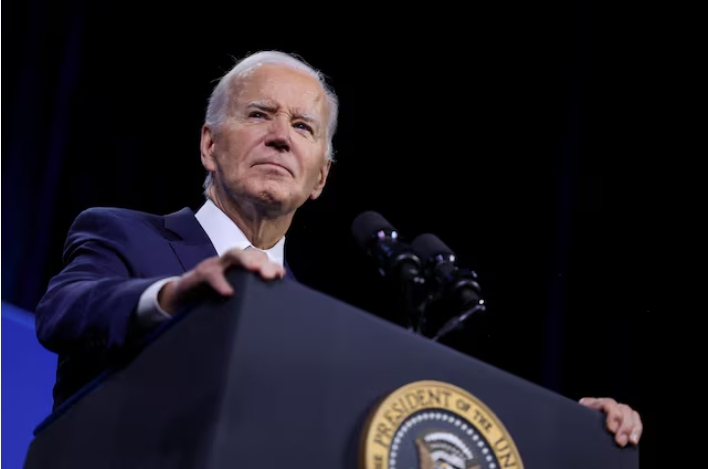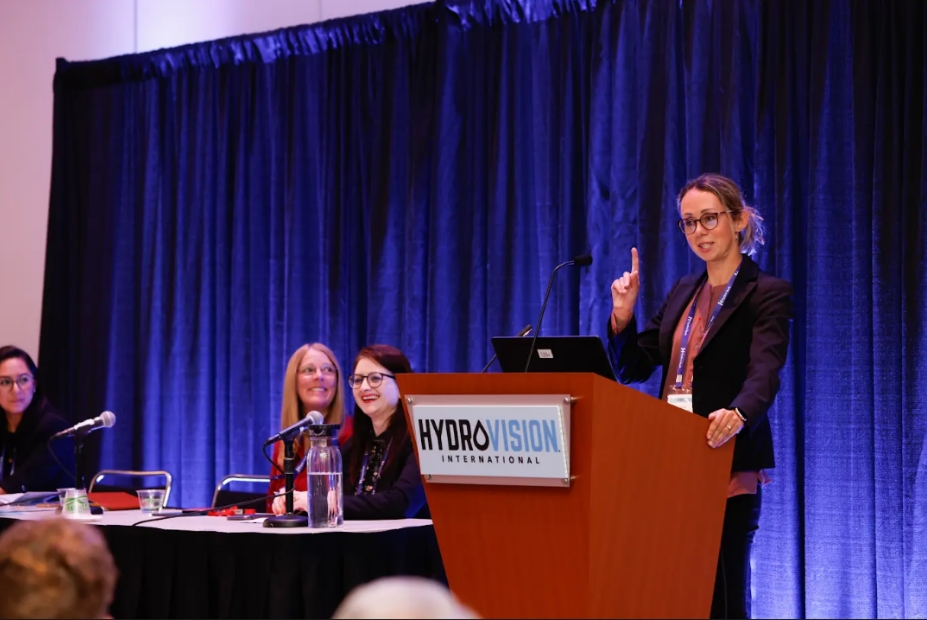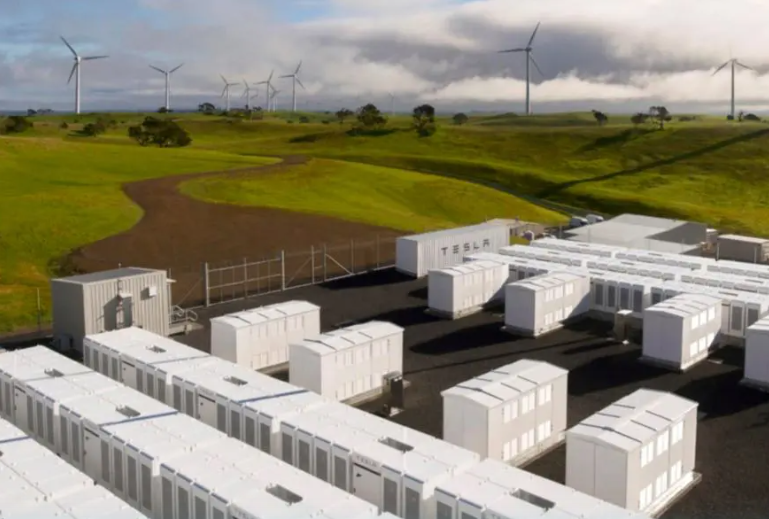
The South Australia grid, the world’s leader with a 70 per cent share of wind and solar power over the past 12 months, is about to take another big step towards running on a truly fossil fuel free grid – at least on occasions.
South Australia, which has averaged nearly 80 per cent wind and solar over the last two quarters, reaches periods of “net 100 per cent renewables” on a near daily basis.
But what that means is that wind and solar are producing more than local demand, but the excess is being exported and somewhere in the background there are at least two gas units running to provide “system security”, such as system strength.
Now the Australian Energy Market Operator is considering another big change in its grid engineering assessment, flagging that it is likely to cut the number of gas units that must run to provide those essential grid services to a single unit.
It is likely to be announced in April, and follows detailed new modelling about how the grid can operate on wind and solar only, backed by spinning machines known as “synchronous condensers” that do not burn fuel.
That will be a truly historic moment. No other grid in the world of this size has the same amount of wind and solar as South Australia, and it would be the first grid in the world to run on wind and solar generation only.
That milestone will definitely be reached when the new transmission link between South Australia and New South Wales is built.
AEMO has already flagged the number of gas units required for system security by that time will be zero, although gas may be needed for bulk power on occasions if not enough wind and solar is being produced.
Other grids around the world have more than 50 per cent wind and solar, but usually also have strong connections to other states or countries, or hydro power which can deliver the “synchronous” services required by the grid.
South Australia has neither, with only two minor links to Victoria and no pumped hydro.
The state led the world with the construction of the world’s first Tesla big battery at Hornsdale in 2017, and is also leading the discovery of how battery inverters can provide those synchronous services. The new inverter technology is even called “virtual synchronous machines.”
The latest development was revealed in a brief market notice issued last week, where AEMO said it and local transmission company ElectraNet were assessing the technical requirements of the South Australia gird.
“Under some system conditions, it is likely that the requirement can be reduced to a minimum of one large synchronous generator,” it said.
ElectraNet, the notice said, has already ticked off the issues around voltage control, transit stability and protection adequacy (the latter requiring some changes). Studies were still continuing in system strength and oscillatory damping, but the results were expected soon.
The new connection to NSW is likely to lead to a significant increase in wind and solar capacity in the state, with several large projects already under construction, including the 412MW Goyder South wind farm, while the state’s big green hydrogen plans will also lead to a significant increase in wind and solar.
The state expects to reach “net 100 per cent renewables” on an annual basis by 2030, but it is likely to do that well before then, before setting off on its next target of “500 per cent” renewables which will reflect excess capacity being used for green hydrogen and other industries including green steel.
By that time it is expected to have little gas generation, served only by “fast start” generators that can fill in the gaps between wind and solar, although it also plans to have the world’s biggest green hydrogen power plant up and running by the end of 2025.

